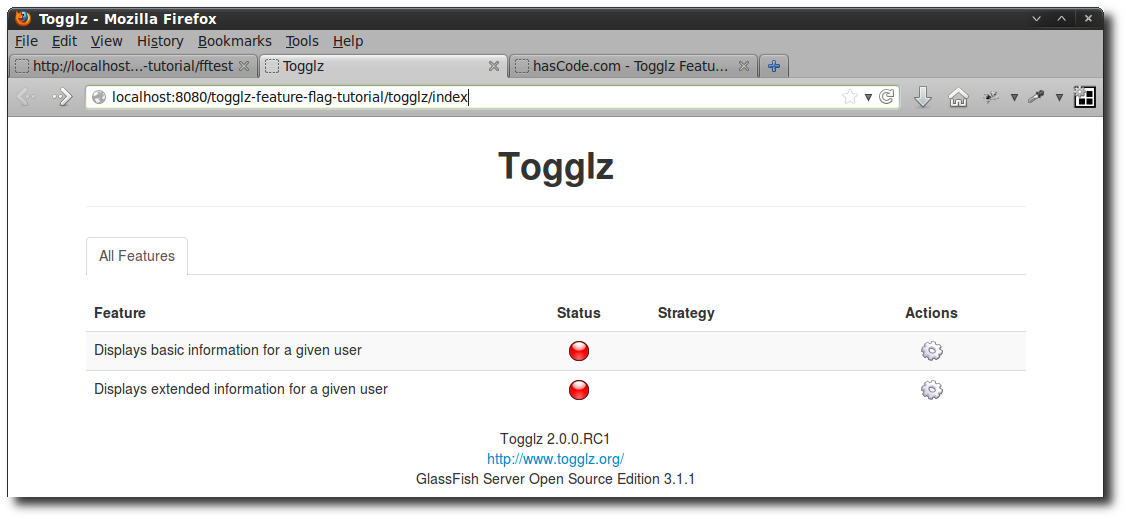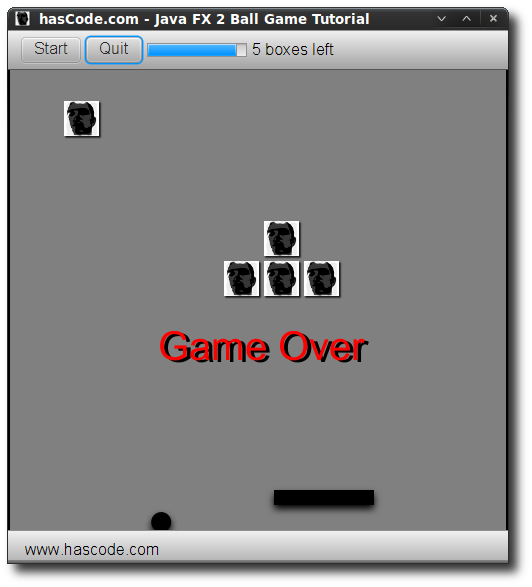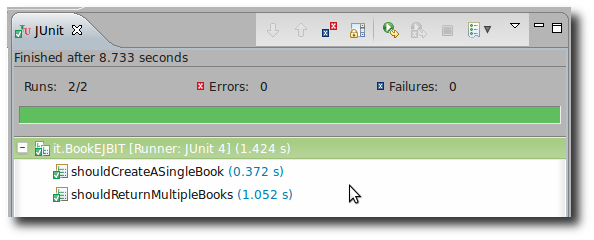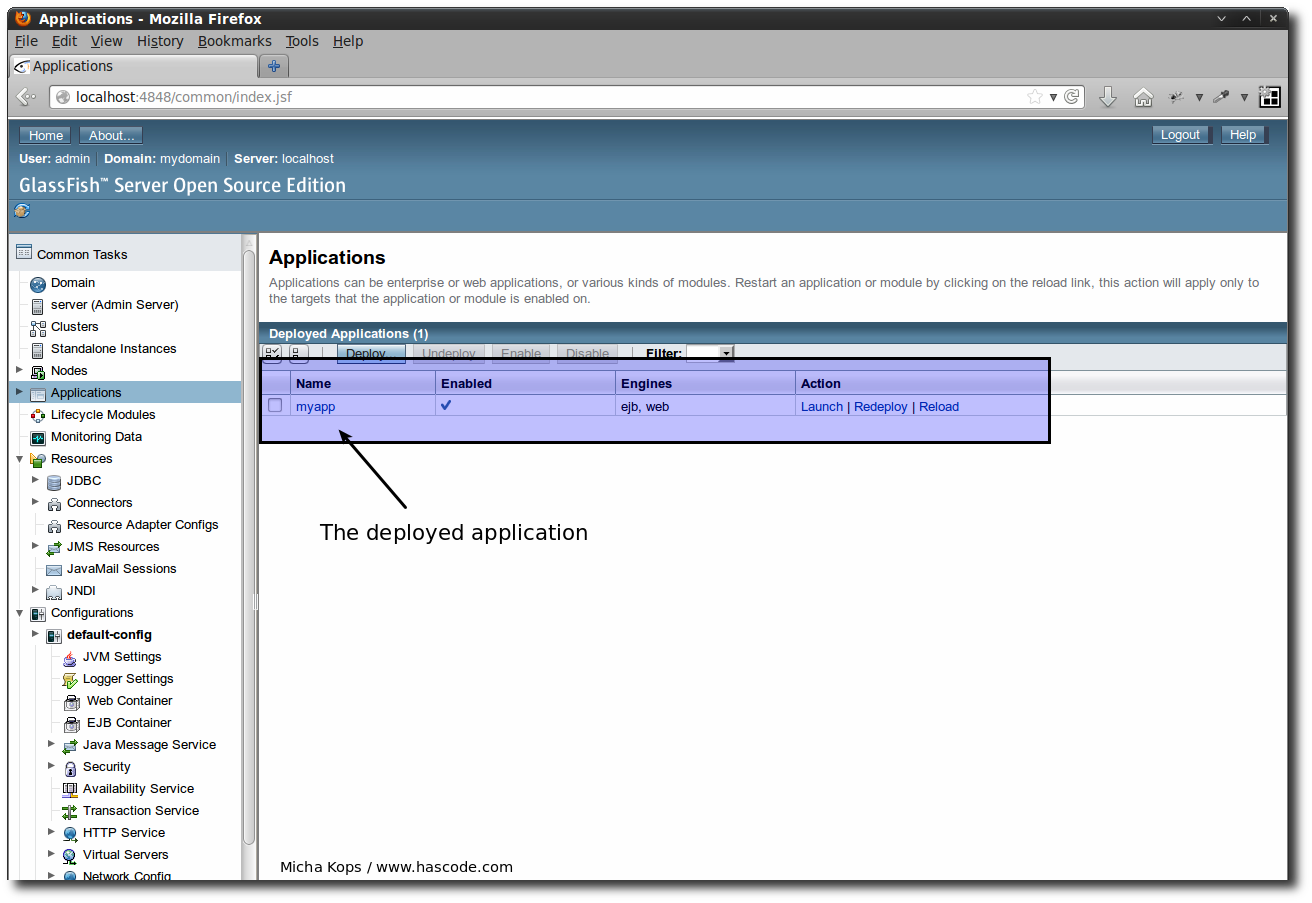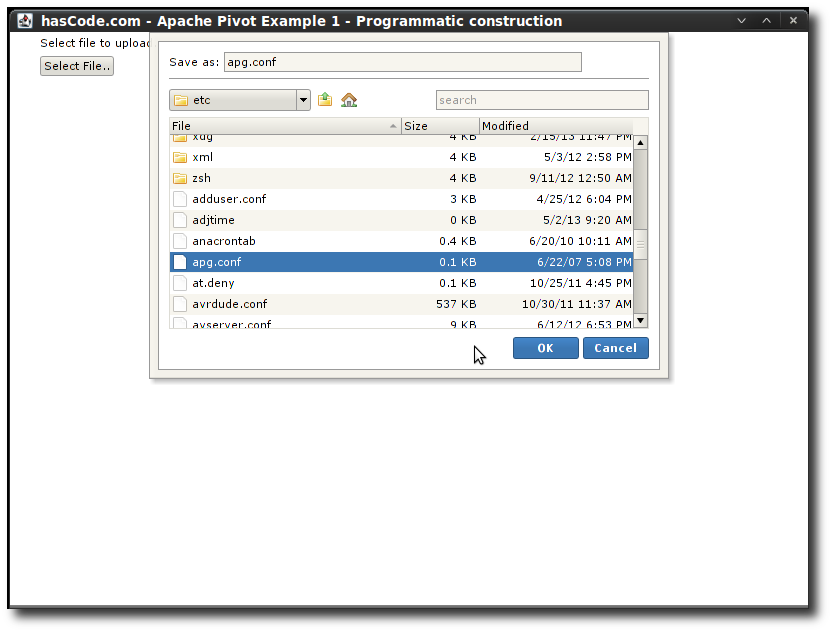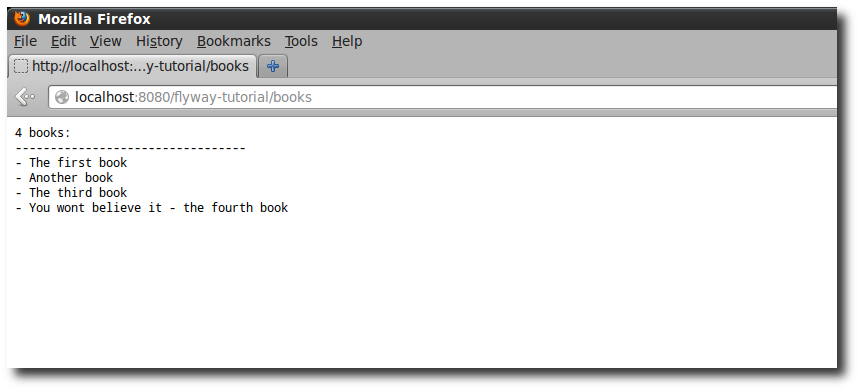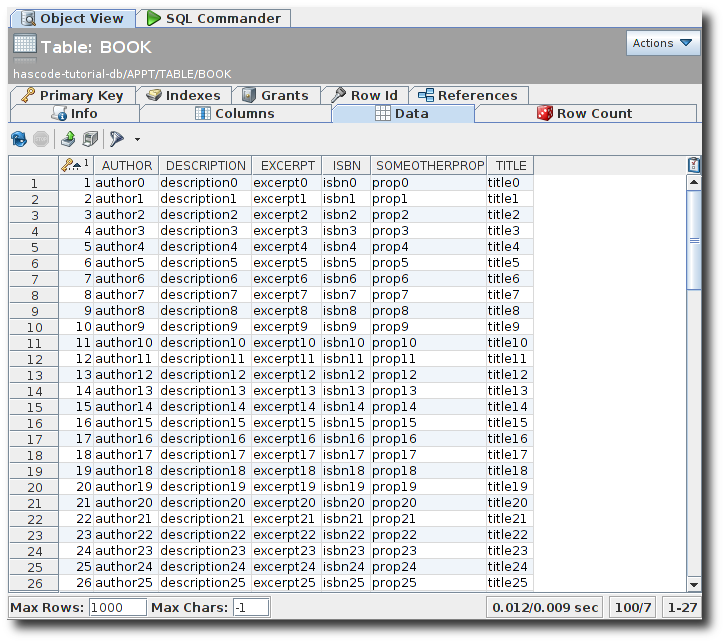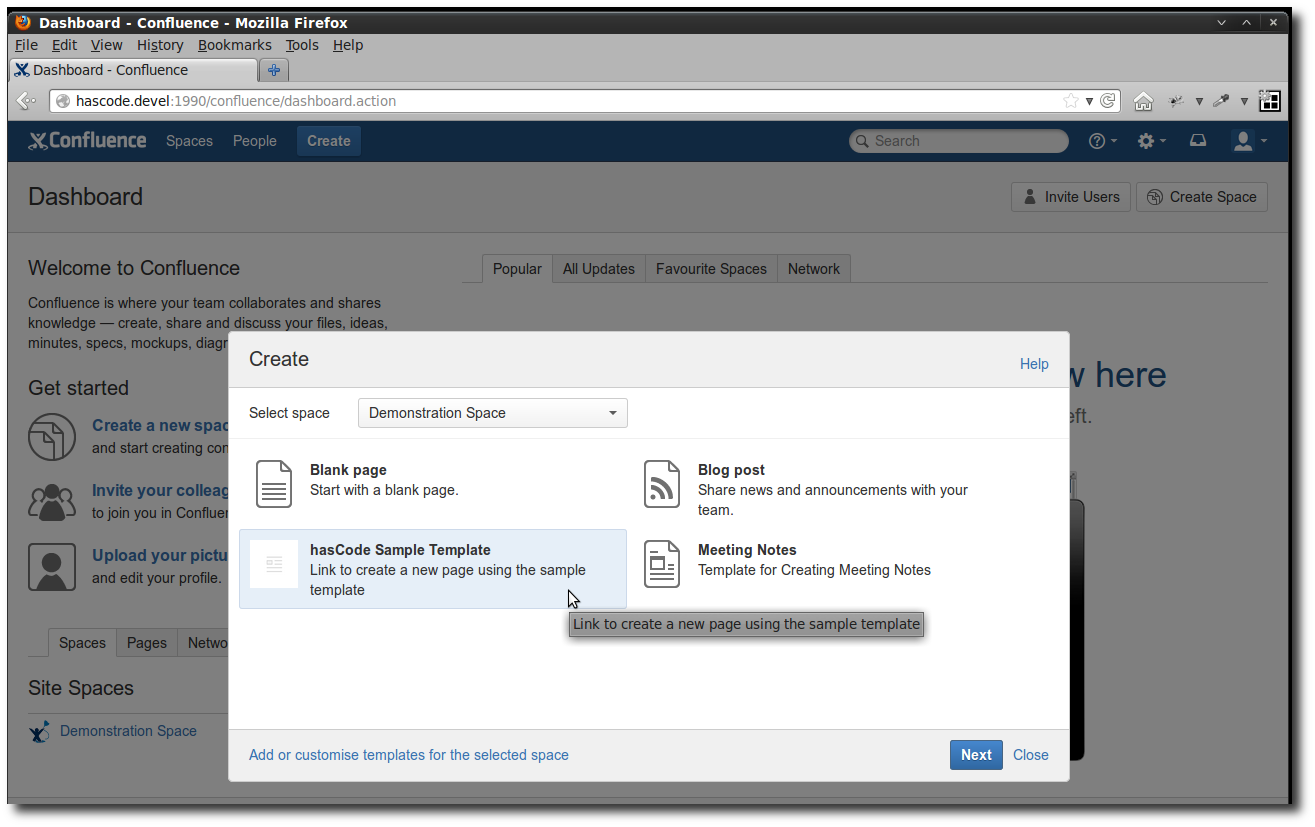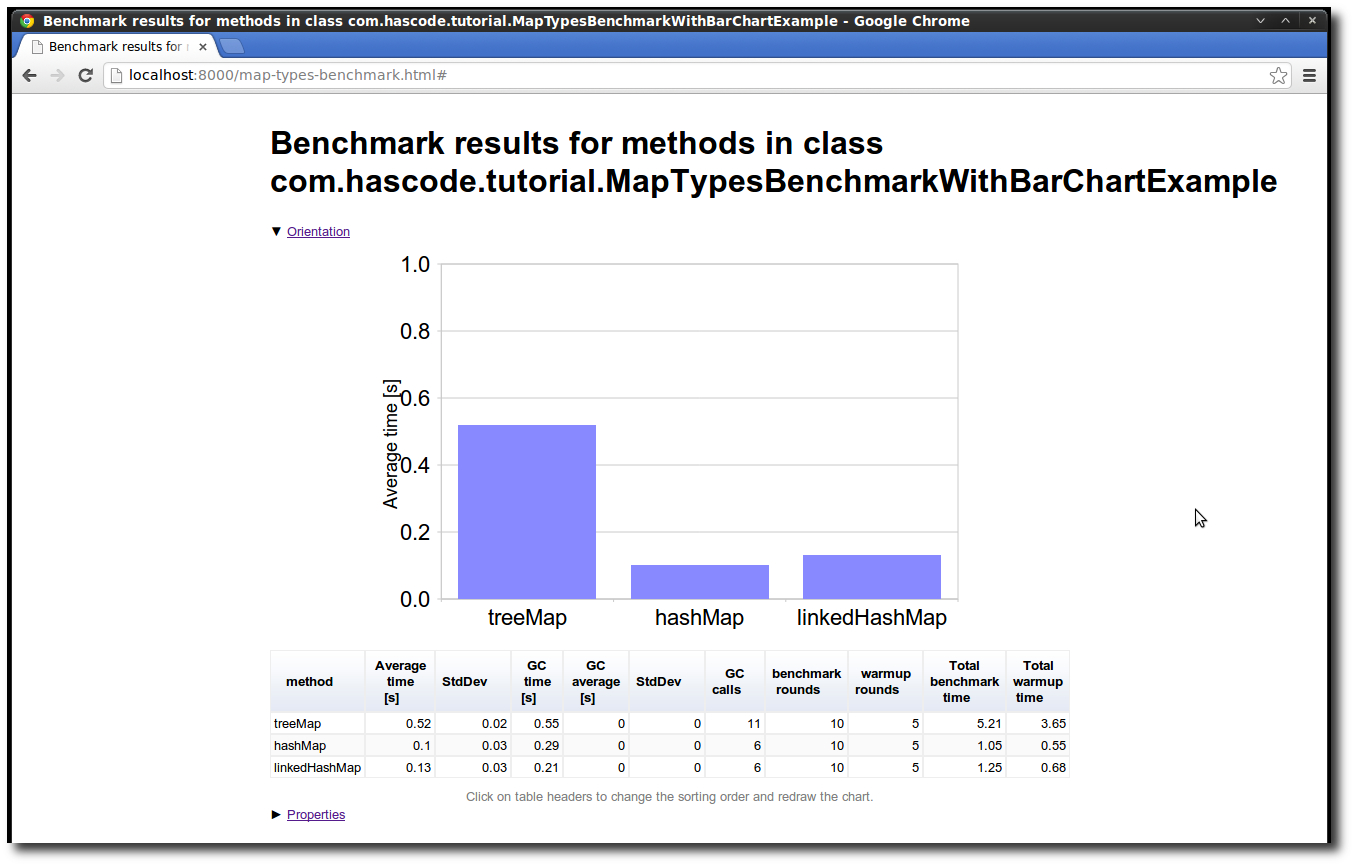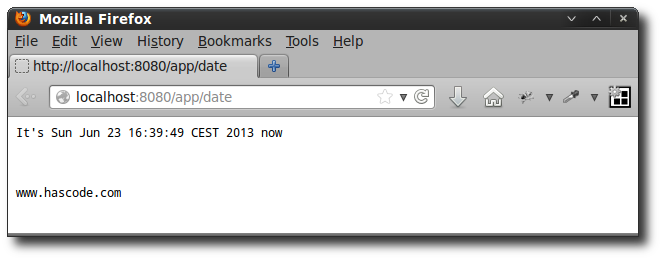
Embedding Jetty or Tomcat in your Java Application
Recently I needed to control an embedded web container from a Java application and I wanted to see how this could be achieved using an embedded instance of either Tomcat or Jetty here. In the following short examples I would like to show how to embed both servers in an application in no time using Gradle or Maven as build tool. Dependencies We just need to add the web container libraries to our project here .. I’ve added the build config for Gradle and Maven here… ...
